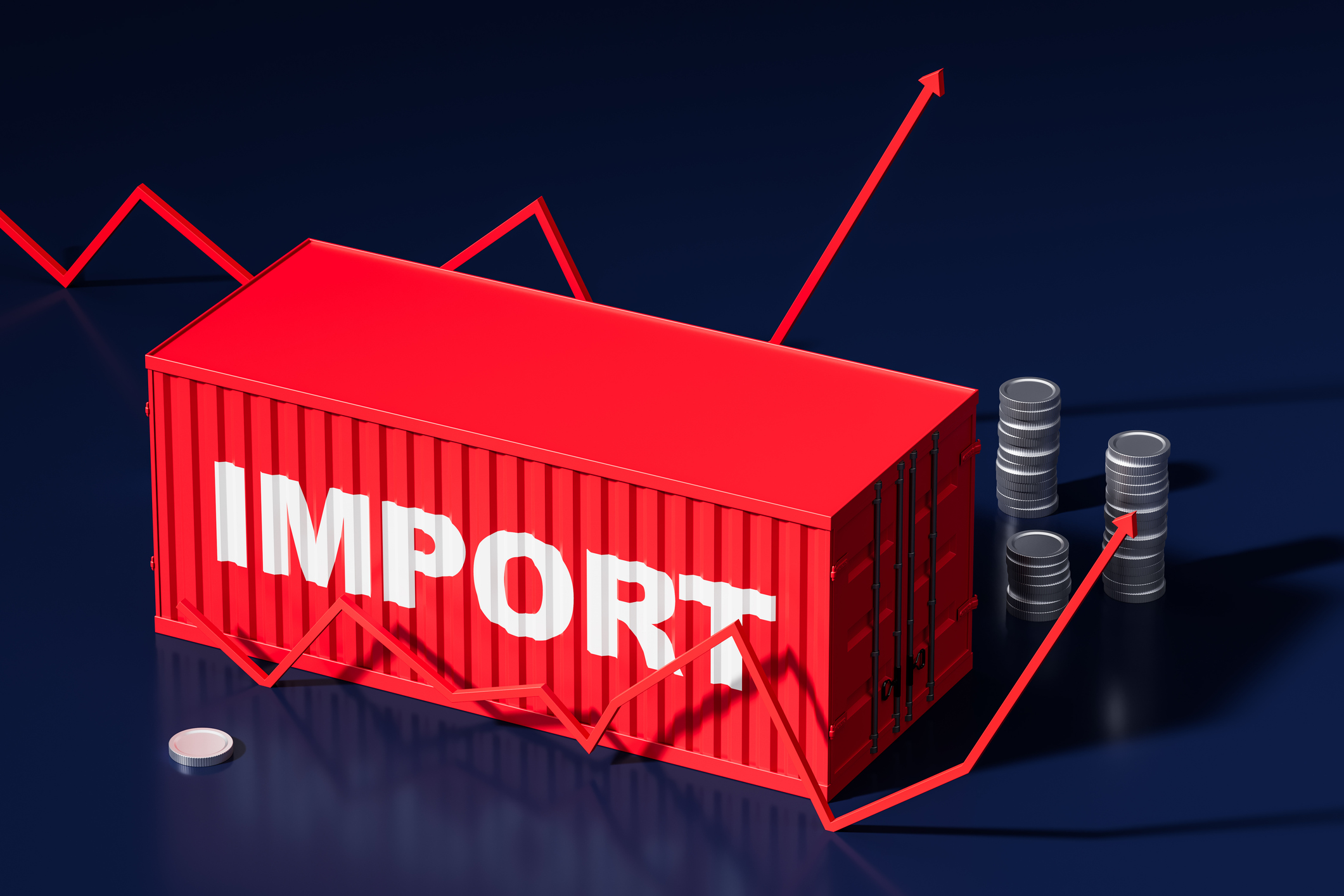The Section 301 tariff act was enacted under the Trade Act of 1974 but is currently being revised and implemented throughout 2018 and 2018 working years. It allows the U.S. Government to enforce the trade agreements. Moreover, it helps in opening the foreign market to the U.S. products, resolve any kind of trade disputes, imposing trade sanctions on the traders who are violating the rules or indulged in unfair trade practices.
The latest impacts of Section 301 was acknowledged under President Trump’s government. He announced in March that the U.S. would impose the tariff of nearly $250 billion on the Chinese imports. This was done to seize any kind of economic leadership falling into the hands of Chinese companies.
Latest Impact of Section 301 Tariffs
Under Section 301, most of the products listed will see a rise of 25% in the tariffs that will come in effect from July 2018. The present government is on the verge of targeting more than $267 billion on the imported products overall. Let us now see Section 301 tariff’s versatile impact:
-
The Decrease in the Profit Margin: Most of the traders cited that they pay nearly 17% of the import duty. With this trade war and increase tariffs on the imports, they have to pay 42%, which means their profit margin will be decreased.
-
Impact of Imposing Massive Tax duties: Many companies are of the view that after imposing the 10% to 25% tax duty on their products, their business would be impacted massively. This will lead to curtailing the discretionary spending, freezing of the wages and hiring of more staff.
-
The Burden on Customers: The retailers or sellers believe that their customers do not have an extra budget to absorb any kind of hikes in the product prices. The 25% hike that is being completed by President Trump’s government in the tariffs have no room for the general public as they won’t be able to afford the simple items too.
-
Affect on Industrial Earnings: With this ongoing tariff war under Section 301, the major impact is put on all sorts of industrial units in America. The newer tariff of nearly 25% on Steel Industry and an additional 10% on the Aluminum Industry has sent shocking waves among the industries.
-
Exclusion from the Import List: The companies that stand on the first and second lists of imports can seek for inclusion. They can undertake strategies to reduce the impact of tariff on their work. They can shift their assembly or manufacturing units, find newer sources of imports, investigating the manufacturing or assembly in some third country, etc.
To conclude, Section 301 tariff has a mixed effect on diverse industries operating in the U.S. If you are a trader who wants to get a deeper insight of the tariff laws, then get in touch with professionals like CITTA Brokerage. Our experienced team will assist you to acknowledge various trade and customs duty drawback practices.
#301tariffs



